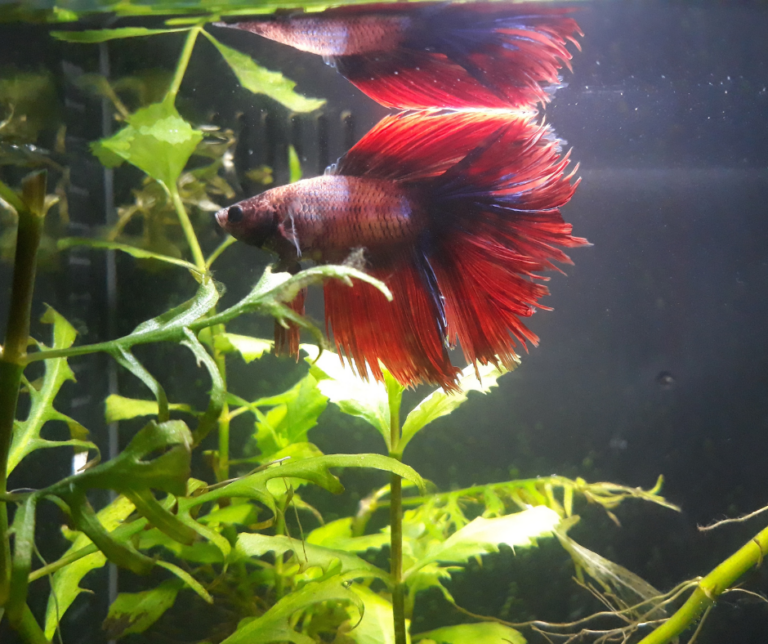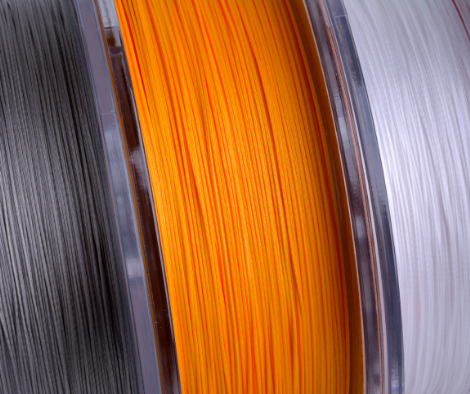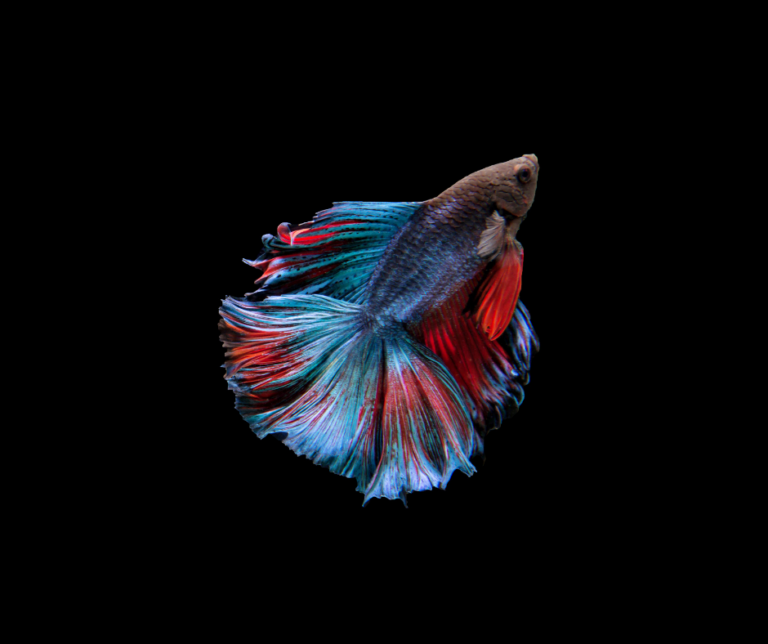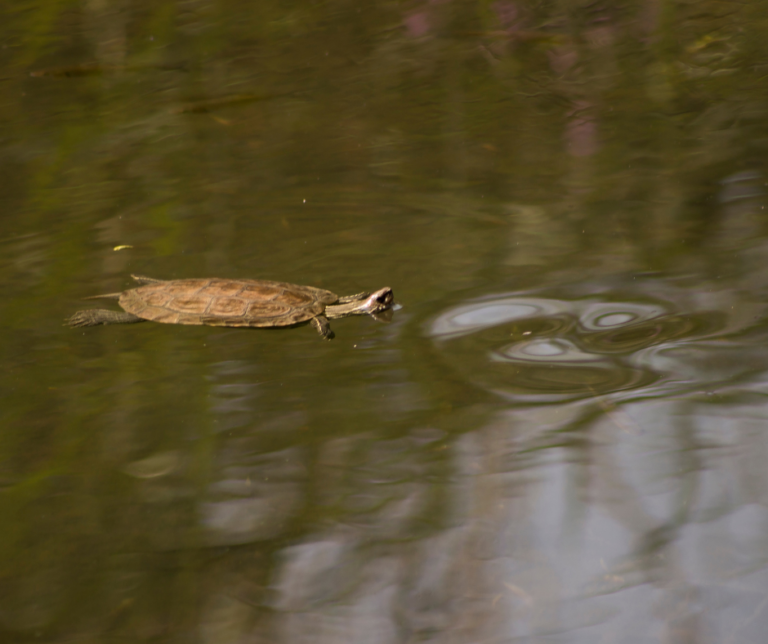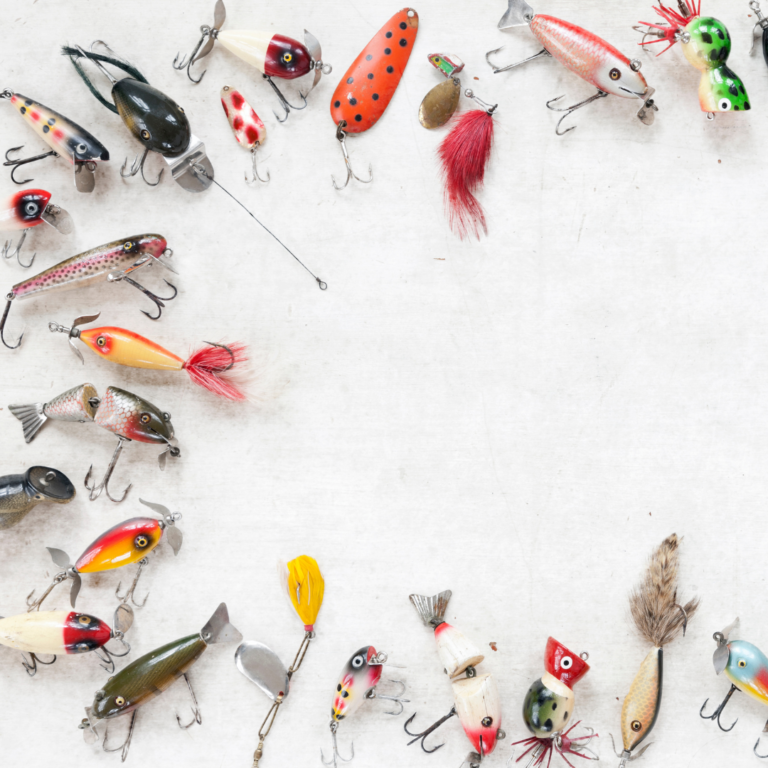What is a Pickerel Frog?
The Pickerel Frog
The pickerel frog is a small, North American frog that is easily recognizable by its squared dorsal surface. These distinctive markings make this species a great addition to any natural history collection. This article will discuss the species’ conservation status, habitat, and size. It will also explain how to identify this frog’s range. It can be found in many habitats in the United States, Canada, and Mexico.
Thank you for reading this post, don't forget to subscribe!Species of Special Concern
This species of frog is a critically endangered animal in the wild, and conservation efforts are underway to protect it. They have a smooth tan back and prominent bronze dorsolateral folds. They are also commonly spotted with yellow or orange in the groin area. The Pickerel frog is nearly nine centimeters in length, and their call is a low nasal snore.
These frogs are distributed throughout most of the state, but are found mostly in the Piedmont and Mountains regions. These animals usually live in small streams and lakes, but may also wander far from the water to breed. Their breeding season lasts from late March to early November, when they spend most of the year on land. They are semi-active during the winter, and metamorphose in mid-August.
The Pickerel frog has long legs and a light belly, and has a pair of dark spots along the back of its hind legs. It also has a single dark blotch on its upper lip, and its back is striped with bright yellow or orange. It is a medium-sized frog with a large crotch and two rows of spots on its back.
Species of Greatest Conservation Need
The MAFWA has designated nearly two thousand Species of Greatest Conservation Need (SGCN) throughout the region. In addition, the RSGCN list includes taxa that are not found within state boundaries. For example, some SGCN are found in two different states and one in two different regions. The MAFWA RSGCN process evaluated 340 species in 13 taxonomic groups, including birds, mammals, amphibians, reptiles, plants, and aquatic animals.
The SGCN list also includes a list of threatened species that need immediate attention. These species are classified as State Endangered or State Special Concern, based on their immediate threat of disappearing in Indiana. State special concern species need monitoring because of known or suspected low populations, recent changes in their legal status, or insufficient habitat. Federally protected species are in great danger of extinction throughout their range and are therefore in dire need of conservation efforts.
The FWC and FNAI work together to identify SGCN and develop conservation plans that protect them. The SGCN list is separate from the tracking list maintained by the FNAI. The SGCN list is reviewed every 10 years, and both organizations support the work of the other through the State Wildlife Grants Program. The list is updated annually, and FWC provides funding for conservation efforts in the areas listed in the list.

PICKERAL FROG Habitat
The Pickerel Frog is a medium-sized frog, which has irregular rectangular brown spots on its back. The spots on its back are usually seven to twenty. The underside of its hind legs is orange or yellow, and the body is gray or brown. This frog has webbed toes. Male Pickerel Frogs have paired vocal sacs and have a long, slender tail. Its call is similar to that of the Northern Leopard Frog.
Although the Pickerel frog is not considered a threatened species, it is still in need of conservation. It is one of the few species of poisonous frogs in the United States, and its habitat is rapidly changing. This species lives in the Nearctic biogeographic province, which includes Greenland, central Mexico, and the Atlantic Coastal Plain. There are no known special restrictions on its habitat, but sightings should be reported to local agencies to help protect the species.
The Pickerel Frog prefers clear, cool waters, and they may not be tolerant of pollution. However, these animals are susceptible to several diseases, including red-leg disease and ranaviruses. You can reduce the risk of introducing these diseases by disinfecting your footwear and supplies before entering their habitats. However, road mortality is also a significant threat to some populations of Pickerel Frogs.
PICKEREL FROG Size
A common sight in Florida, the size of a pickerel frog can be easily determined by measuring the length of the tadpoles. These frogs can grow up to two inches long and are characterized by globular bodies, a dorsal eye, and a brown tail. Tadpoles mature into froglets after two to three months.
The Pickerel frog has relatively long legs. The back is spotted with irregularly shaped, dark brown spots. The hind toes are long and webbed, while the front toes are short and not webbed. The inner thighs are bright orange or yellow. The male has paired vocal sacs, stout forearms, and swollen thumbs.
The male and female Pickerel Frogs are similar in appearance. Females are larger and darker in color than males. Male Pickerel frogs have swollen thumbs and internal vocal sacs between their eardrum and foreleg. While both sexes look similar, the male Pickerel frog is more prominent in its breeding season. Its call is a low snore.
PICKEREL FROG Call
The Call of the Pickerel Frog can be heard across much of the United States. This nocturnal frog can be confused with the Southern Leopard Frog, but it has no white spot in the tympanum. They feed primarily on small invertebrates and insects, and protect themselves with a toxic skin secretion. The only known predators of the Pickerel Frog are snakes.
The acoustic calls of anuran populations are used to estimate their numbers in various environments. This study is based on data from several authors and was published in Biodivers. Conserv., 15(3): 3481-3497. It also used acoustic recordings to determine its range. This study showed that the Call of the Pickerel Frog can vary between locations in different habitats.
The breeding season for the Pickerel Frog typically lasts from late April to mid-May, though it may start earlier in the southern states. During this time, males form breeding assemblages and make advertisements by producing low, nasal calls that last two seconds. Male Pickerel frogs also produce territorial vocalizations, which are often lower-pitched than their advertisements. This call is often mistaken for a nasal snore.
What Do Pickerel Frogs EAt?
The diet of a Pickerel frog is a very important topic to understand. This frog is native to North America and feeds on a variety of small insects. In addition to eating insects, they also secrete a noxious liquid which is only slightly irritating to humans. However, their toxins can be dangerous to some predators. Pickerel frogs have a distinctive appearance with a row of dark patches across their backs. Like the Leopard frog, they have similar markings on their backs.
The diet of a Pickerel frog varies depending on where it lives. This species prefers watery habitats, and their mouths are large enough to swallow small animals. This includes snails, tadpoles, and even other frogs. However, it is also possible to find pickerel frogs living outside of water. However, it is not recommended to keep them as pets.
The Pickerel frog is a small North American frog. They get their common name from the pickerel fish, which is a long fish in the pike family. Because these fish are immune to the toxins released by Pickerel frogs, they are considered a good food source for this frog. A pickerel frog’s diet is a complex one, which should not be completely ignored.
Distribution
The Pickerel frog is widely distributed from Nova Scotia and New Brunswick south through central and eastern Canada, and southern Quebec and Ontario. Its habitat is diverse, and includes wooded streams, floodplain swamps, and seeps and springs. The pickerel frog’s distribution is stable. However, its numbers are declining because of habitat changes. The Pickerel frog is one of the few poisonous frogs in the United States. It is a resident of the Nearctic biogeographic region, including Greenland and the highlands of central Mexico.
The Pickerel frog is similar to the Northern Leopard Frog, but it is smaller, has squarish spots on its skin, and has bright yellowish-orange coloration on its hind legs. It is common in clear, cool streams and other wet, sluggish water. The pickerel frog occurs in most counties in Ohio bordering the Ohio River, except in Shelby and Logan County.
The distribution of the pickerel frog is not well known, but it is believed that the frog inhabits many different habitats. For example, the frogs of northern Illinois have bright yellow undersides, which are also associated with irregular ovarian activity. As a result, they are commonly found along rivers and in wetlands. Although the pickerel frog may not be as common as its southern cousins, it is still widespread in these areas.
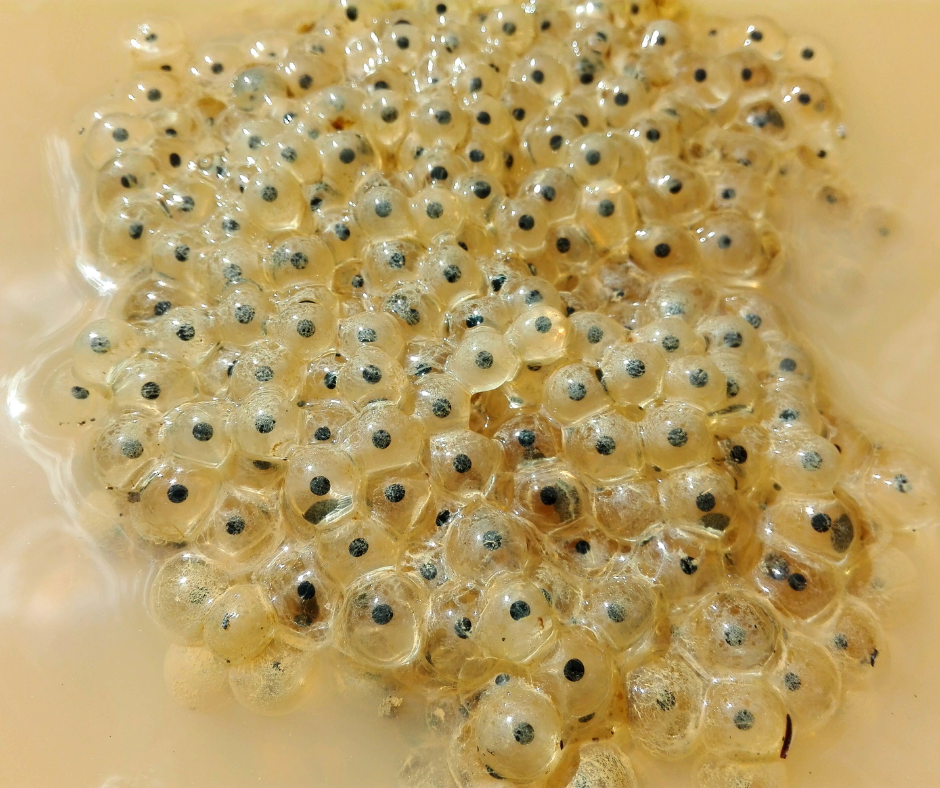
Pickerel Frog Eggs
They spend much of their active season on land, but migrate to warmer ponds during breeding season. The female lays her eggs from April through mid-June. After mating, they spend the rest of their active season under water. They metamorphose around mid-August.
To start hatching, the female lays her eggs on a pond’s surface. These eggs are protected by the male’s stand guard and provide good food for the developing tadpoles. Once hatched, the eggs of pickerel frogs mature and hatch after 11 to 21 days. The males fight for the best spot to protect the eggs. While the male frogs may be aggressive, the female lays her eggs on a pond’s surface.
The female lays her eggs in clumps of two or three hundred. The eggs hatch in 11 to 21 days and the tadpoles mature after about 80 days. Pickerel frogs breed all over Tennessee, although they are rare in the Coastal Plain of West Tennessee. Pickerel frogs live in woodland ponds and quiet pockets of small streams. So don’t be surprised to see pickerel frog eggs if you’re lucky enough to spot a few.
Take a look at our other recent posts, you might learn something new!
- I tested and ranked the best Spin Casting Rods in 2024
- Chatterbait Rigs: A Comprehensive Guide to Bass Fishing Success
- Pike Vs. Pickerel Vs. Muskie: A Comprehensive Comparison of Freshwater Predators
- 8 Best Tips For Lake Diefenbaker Fishing Success
- A Guide To Choosing The Right Fishing Lure Mold For Your Fishing Needs

